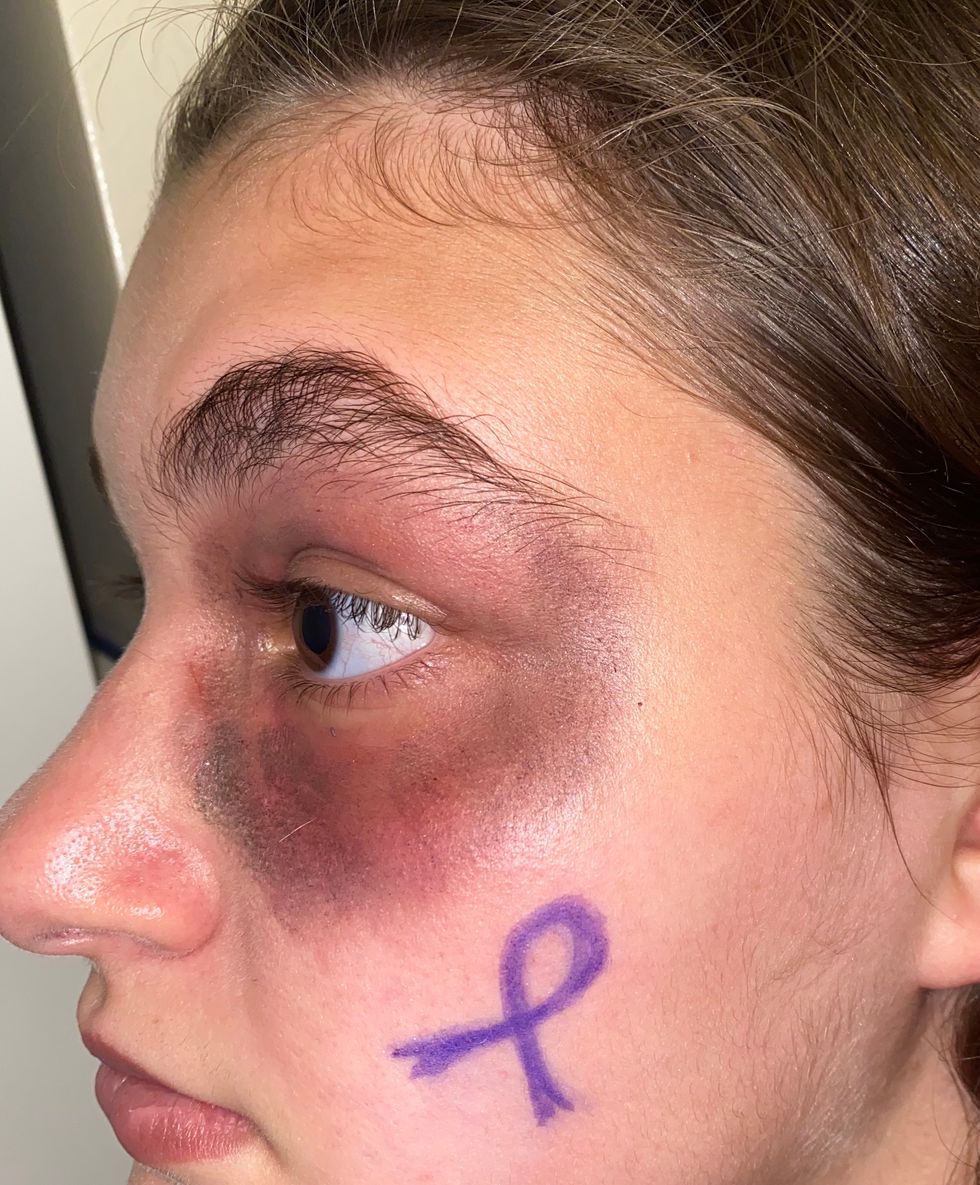Beginning in 1981, October has served as National Domestic Abuse Awareness Month. This month serves as a specific time to shine a light on this issue impacting millions of people, as well as a way for survivors to feel heard and united. Defined as abuse within a domestic setting such as a relationship or situation where people live with one another, domestic abuse knows no gender, race, socio-economic background, or religion. It remains alive and well in all communities.
While physical abuse is apart of the issue, domestic violence is also frequently accompanied by emotional abuse, sexual abuse, and controlling behavior from one person in the relationship to another. This abuse can result in physical harm, emotional trauma, and a lifetime of consequences including death in some extreme cases.
According to the National Child Traumatic Stress Network, every minute approximately 20 people become physically abused by their partners. While a strong network of survivors who tell their stories in order to raise awareness, millions of people remain silent as they experience this abuse every day without seeing a way to escape this situation.
Since the COVID-19 pandemic, situations of domestic abuse have escalated as people quarantine and find themselves stuck at home with an abuser. During this time a new hand signal that indicates someone is in a dangerous situation with a partner has swept social media and the internet. This can be used without verbal communication over video calls such as FaceTime or Zoom. The signal entails holding out a hand, palm facing the camera, and tucking the thumb under the other four fingers in a sort of fist. If shown this signal the receiver is meant to call authorities and help the victim get into a safe environment.
This National Domestic Abuse Awareness Month it is our job as a society to look out for the silent signs of someone suffering and offer help. According to VeryWell Mind, warning signs that someone may be in an abusive relationship include physical markings such as bruises, cuts, and red or purple marks. Additional nonphysical signs include agitation, anxiety, constant apprehension, poor sleep habits, binge drinking, sudden drug usage, extreme apologizing, loss of self-esteem, and fearfulness. If someone exhibits these symptoms, talking to them privately and or calling the authorities may save a life.
If you find yourself or others in a situation of domestic abuse there is hope to get out. Hotlines and emergency services such as those listed below can help.
-Harbour House of Central Florida crisis hotline: (407) 886-2856
-National Domestic Violence Hotline: (800) 799 (3224)
- Or call 911 if you can get to a safe place to make the call






















